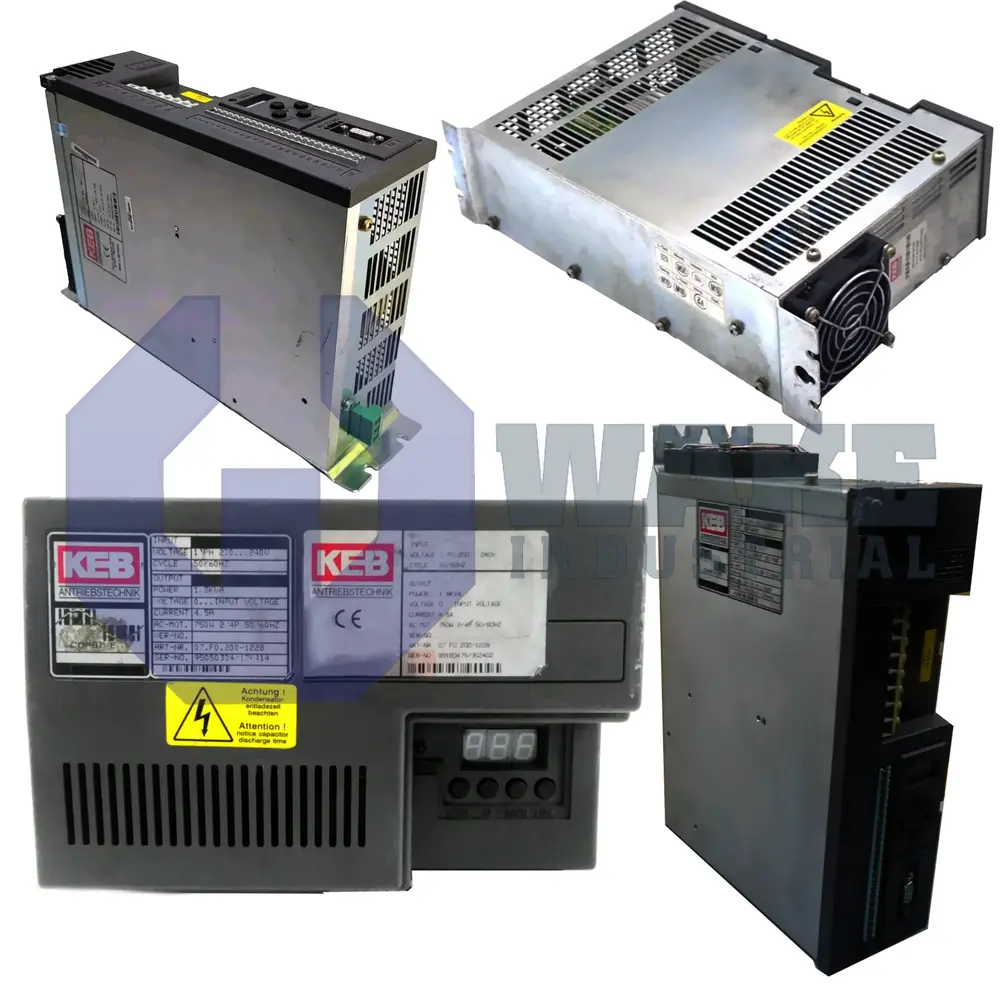Product Description
The KEB 09.F0.R21-1228 delivers versatile, heavy-duty performance for demanding industrial applications. As part of the F0 Combivert Control Cabinet Series, it provides reliable inverter functionality in a rugged yet compact package. This 3-phase unit shines in both new installations and retrofit projects requiring an efficient, readily integrated 400V drive solution.
With its 400V voltage rating, the 09.F0.R21-1228 integrates seamlessly into the higher power mains supplies typical of large-scale manufacturing and processing facilities. It can tap into abundant capacity to generate smooth, steady power for the most vital equipment and machine assets. The superior voltage enables efficient long-distance power transmission with minimal losses across expansive plants. Built for 3-phase systems, the inverter leverages synchronized current flow for ultra-responsive motor control. It expertly converts between AC and DC to regulate speed, torque, and other parameters. Delicate starting and stopping of conveyors, mixers, pumps, and other assets is no problem for this advanced drive. It outperforms single-phase alternatives to keep processes running at their absolute productive best.
This workhorse inverter is right at home in harsh, demanding environments. A compact yet rugged housing stands up to shock, vibration, moisture, and extreme temperatures. Robust internal components further boost reliability. Generous overload margins ensure steady output despite fluctuating supply voltages. Adding to its impressive capabilities is an integrated line converter. This provides active power factor correction and filtering for clean, harmonic-free power. The line converter maximizes real power available for the load while minimizing interference. Performance and efficiency both see a noticeable improvement. The 09.F0.R21-1228 differs from basic V/Hz inverters through its sophisticated vector control algorithms. These allow ultra-tight speed regulation along with maximum torque per amp. Stopping distances shrink while dynamic response excels for machines operating near their performance limits. Built-in PID control further boosts precision.


 Wake Industrial Warranty
Wake Industrial Warranty













